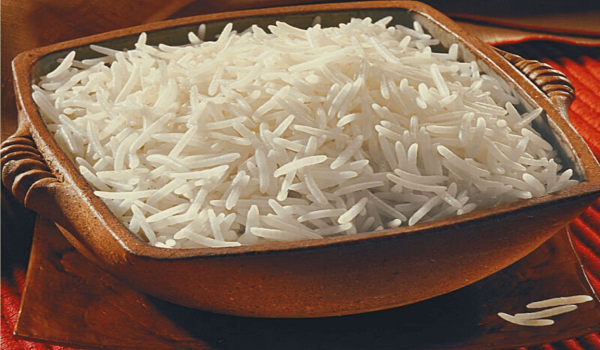India is expanding its export footprint for Basmati rice to 150 countries worldwide, making strategic branding more crucial than ever in a competitive market. Industry experts emphasize that branding is now a key tool in strengthening market presence and enhancing profitability for Indian exporters.
The Role of Branding in Global Expansion
As one of the world’s leading agricultural economies, India has been focusing on market penetration and food security to reduce trade deficits. Indian Basmati rice, renowned for its superior quality and distinct aroma, has gained global recognition. However, with competitors in international markets, effective branding has become essential in securing a larger market share.
Branding has transitioned from being just a marketing tool to a strategic necessity for Indian Basmati rice exporters. Historically, Basmati rice relied on vendor recommendations and trust, but today’s international market demands structured branding efforts to differentiate products. Industry leaders highlight that branding is not just about promoting individual companies but also about positioning Indian Basmati rice as a premium product globally.
Shifting Consumer Preferences
The demand for Indian Basmati rice has surged in recent years, driven by targeted branding campaigns emphasizing its health benefits and premium qualities. International consumers, particularly those seeking healthier dietary options, have responded positively to these efforts. Branding has helped reshape perceptions, making Basmati rice a preferred alternative to other staple foods.
Effective branding has also helped Indian exporters overcome competition from rival rice-producing nations. By presenting Basmati rice as a high-quality, healthy, and culturally significant product, Indian brands have strengthened their foothold in global markets. These campaigns have played a key role in creating a distinct identity for Indian Basmati rice, separate from generic rice varieties.
The Impact of Company-Specific Branding
Company-driven branding strategies have also been instrumental in enhancing India’s market share. Despite being the largest producer of Basmati rice, India does not hold the exclusive Geographical Indication (GI) tag for its cultivation. However, private exporters have leveraged the ‘Made in India’ brand to gain traction in strategic international markets.
Distinctive personal branding efforts have allowed exporters to establish themselves in competitive global markets. Aligning with the ‘Make in India’ initiative, these strategies help companies stay ahead, drive profitability, and contribute to India’s broader economic goals. Strengthened branding has also helped Indian companies secure foreign investments and enhance their global trade presence.
Overcoming Market Challenges
Historically, limited global awareness and cultural preferences have restricted the expansion of Basmati rice into new markets. However, comprehensive branding strategies have helped overcome these barriers by educating consumers and positioning Indian Basmati rice as a premium product.
Branding efforts have also played a key role in India’s fight for GI recognition, helping Indian exporters protect their stake in the global Basmati rice market. By establishing a strong identity, Indian brands have managed to outpace competitors and strengthen their dominance in key regions.
Future Outlook
With the global Basmati rice market projected to grow at a CAGR of 2.6% and reach $356 billion by 2030, branding remains a critical factor for long-term success. The increasing use of digital platforms is expected to further enhance branding efforts, allowing exporters to reach new consumers through targeted marketing campaigns.
As branding continues to shape the global market dynamics, Indian Basmati rice exporters are well-positioned to capitalize on emerging opportunities. The integration of branding strategies with digital outreach and market positioning will be key to sustaining India’s leadership in the global Basmati rice trade.


